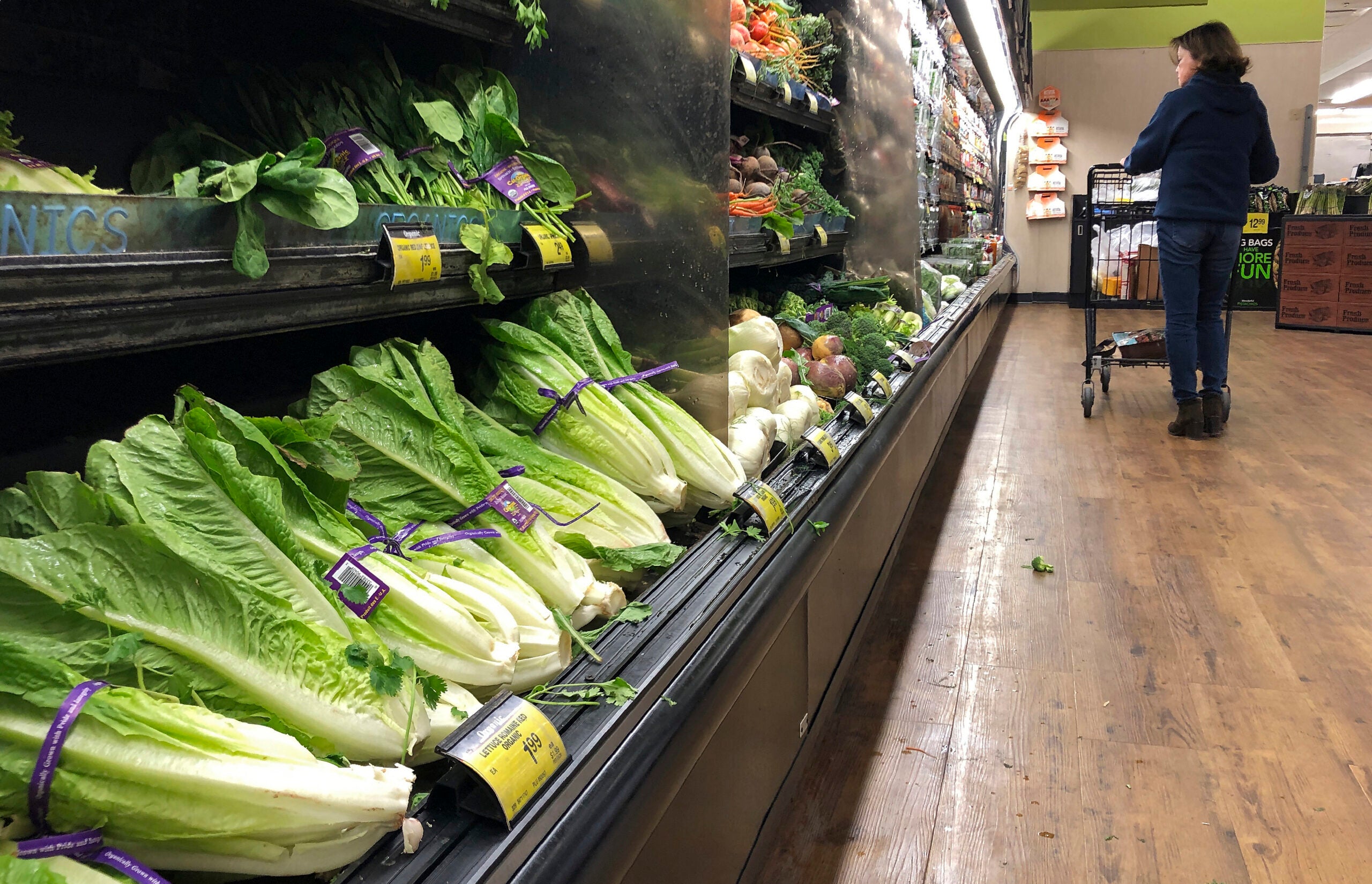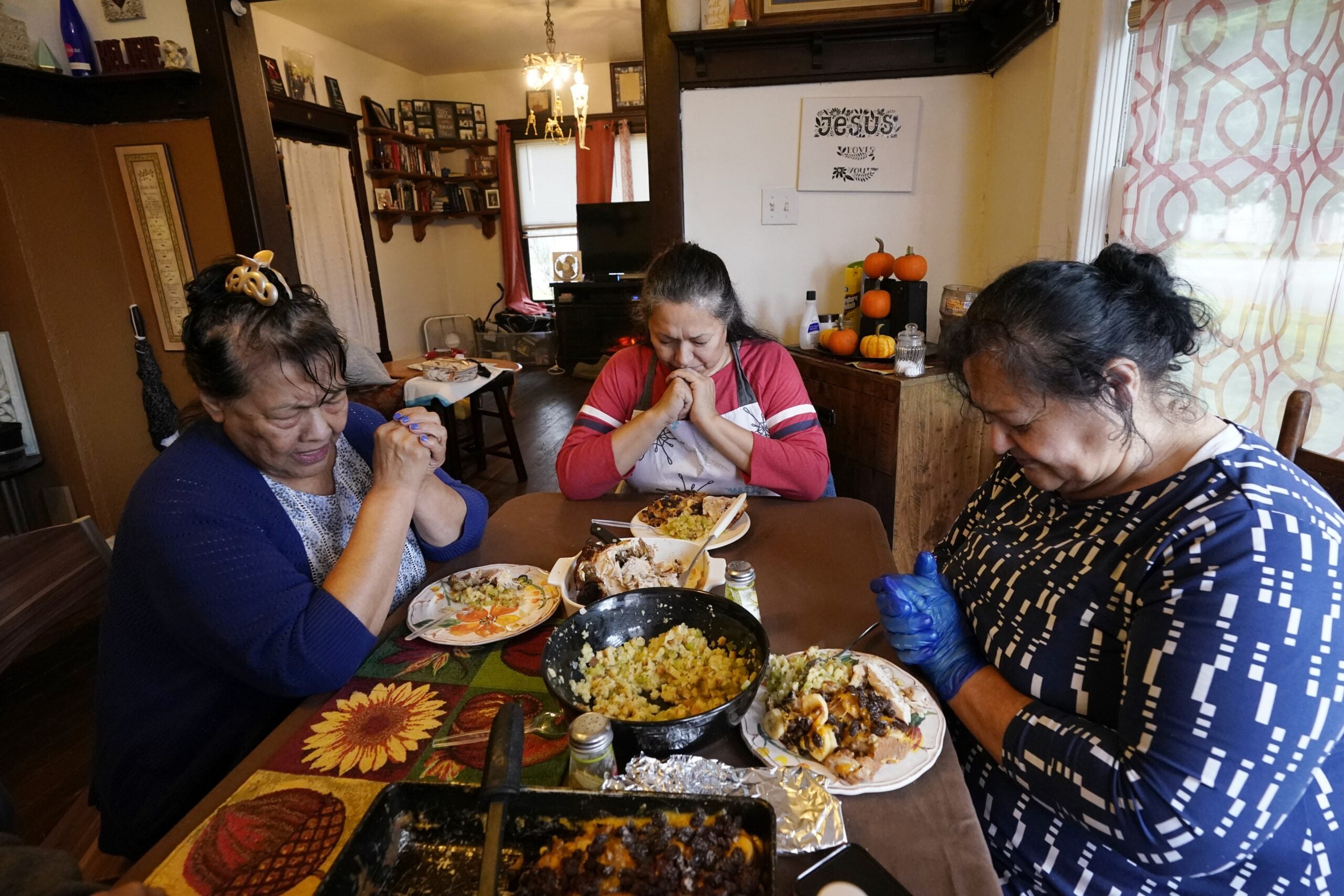Like other areas around the state, La Crosse has a food desert: A study shows a third of households in that area are food insecure, higher than the state average of 11 percent.
A food desert is a U.S. Department of Agriculture term, defining an area that has at least 20 percent poverty and where residents are more than a mile from an urban grocery store or more than 10 miles from a rural grocery.
The food desert in La Crosse is located in a neighborhood with a hospital. When a community-needs assessment revealed the food desert, Gunderson Health System’s Brenda Rooney wanted to know if it was affecting of the health of the area’s 5,000 residents.
Stay informed on the latest news
Sign up for WPR’s email newsletter.
“I think we found it was much more of a significant problem than we would have ever known. It was really never on our radar screen,” she said. “Everyone knows there is hunger in your community. But you sort of think it’s this diffuse kind of thing. This study really allowed us to see it’s very concentrated.“
Rooney was the lead author of a study that found nearly 34 percent of those surveyed were food insecure, and more than 14 percent were hungry.
“There won’t be a ‘one size fits all’ solution,” said Rooney. “It’s not like putting a grocery store in that neighborhood will fix the problem. So we’re looking for a variety of creative ways to address the issue.”
The study identified six factors that predicted severe food insecurity, which included transportation problems and money.
Check out this USDA interactive map showing food deserts across the U.S.
Wisconsin Public Radio, © Copyright 2024, Board of Regents of the University of Wisconsin System and Wisconsin Educational Communications Board.




